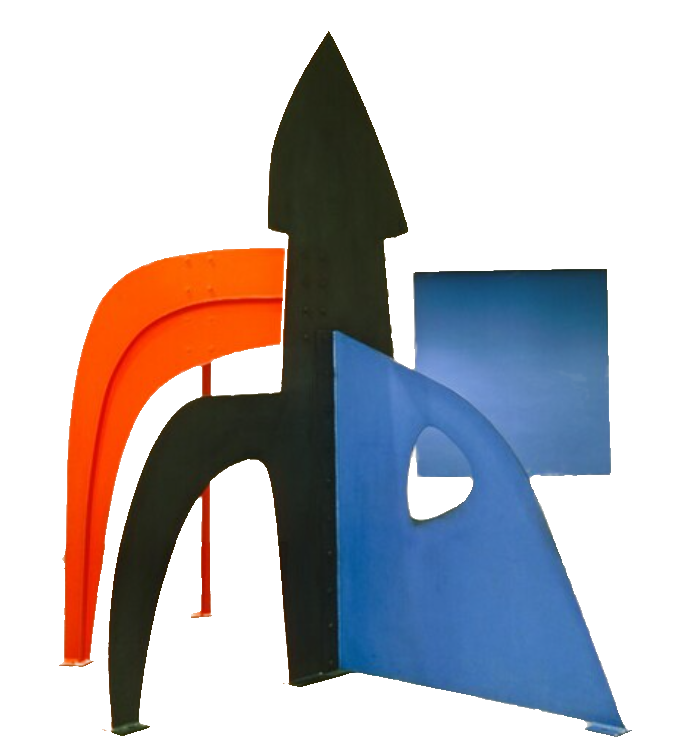Exercise in the Inner Worlds
Invitation to Conversation June 20th
Most of us have some sense and some picture of ourselves as having an outer and an inner aspect. In the outer world we do things: travel, do a job, talk, make things and so on. We do not appear to do such things in the inner world. Indeed, doing does not at first seem to apply. The inner world seems to be concerned with how we are. It has to do with what we might call ‘the stuff of experience’.
But, when we suspend the outer doing, a kind of inner doing becomes possible. In Indian teaching, for example, behind the outer senses we have the subtle ones. So there seems to be an inner equivalent or counterpart to our outer activity and it is something that can be cultivated in its own right. Another way of talking about this is to say that we can connect with not only what we are doing but also the energies we draw on in such doing. When we think about something there is not only the words or symbols or processes which are in play but also the very energy of thought. In this respect, the inner work we can do in the exercises is far more practical than what is called phenomenology.
It is unusual to ‘work inside’. We are used to seeing objects not to seeing seeing. But it is quite possible to learn how to channel one’s attention so that we can become cognisant of what is going on in the inner world and to be able to some degree to change what happens inside us. This is easiest when external demands on us are at a minimum. In the midst of life it can be very difficult.
Sitting quietly and engaging with elements of the inner world can be considered conducive to a kind of learning or education. Can we get to know what we are from inside? Perhaps. Such education can lead to further possibilities, such as understanding how we might be able to operate in the inner worlds, which involves our will. This leads us into the greatest mystery: how do we ‘do’ anything at all? It raises questions of God, creation and freedom.
The exercises originating from Gurdjieff and developed by Bennett and others can be seen as forays into the inner worlds. There are various depths to be plumbed. Instructions can be followed without question but there are important things to understand if we are to make the most of such exercises. Nor should we exclude the possibility that we can go beyond them.
In the conversation I will be joined by Joseph Azize and Andrew Moyer. Joseph is presently a Maronite priest in Australia and was a leading pupil of George Adie who studied with Gurdjieff about whom he wrote the book George Adie: A Gurdjieff Pupil in Australia. In 2020 he brought out a book on the exercises recorded of Mr Gurdjieff (Gurdjieff: Mysticism, Contemplation, and Exercises) and argued that they showed this awareness of the contemplative tradition of Orthodox Christianity. Andrew has been a scholar of Sufism as well as a management consultant and is well versed in the methods of various schools and also the cultures of many traditions. He has a special
knowledge of the system of Itlak Yolu of Hasan Shushud as well as familiarity with Bennett’s canon of exercises. Anthony has written on the inner exercises, see: Possible Foundations of Inner Exercises (http://www.duversity.org/foundationexercises.htm)
Joseph, Andrew and myself are committed to creating a book depicting the life and work of John Bennett.
The Session will be open-ended. The subject has immense scope, and we can only hope to touch upon a few points. But we hope there will be space for the audience to join in and we will do what we can to share some experiences.
